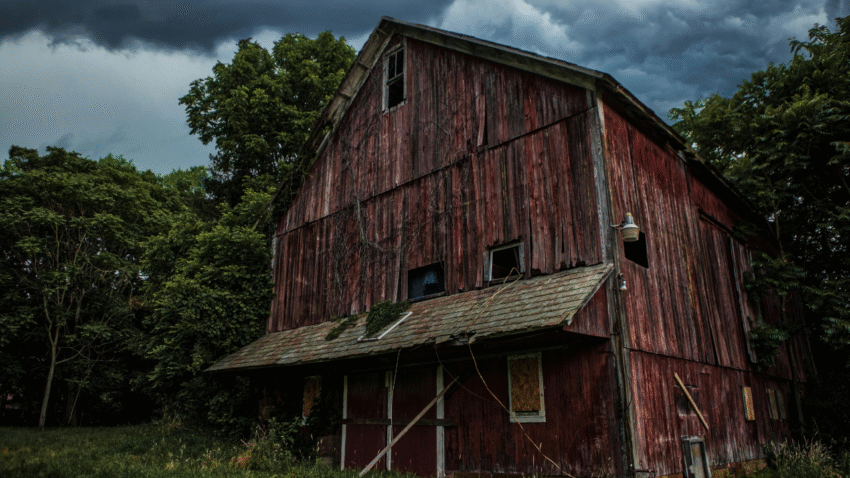Introduction
Planning to use your shed in the colder months? Learning how to heat your shed efficiently will keep it warm and comfortable without sending your energy bills through the roof. With the right heating methods and insulation, you can create a cozy and functional space all year round.
Why Efficient Heating Matters for Your Shed
A shed without proper heating can become damp, cold, and unusable in winter. Inefficient heating wastes energy and money while doing little to make the space comfortable. By heating your shed efficiently, you protect tools and stored items from freezing, reduce condensation, and make it a usable workspace, hobby room, or retreat.
Step-by-Step Guide to Heat Your Shed Efficiently
1. Insulate Before Heating
Good insulation is the key to efficient heating. Insulate walls, roof, and floor with foam boards, fiberglass batts, or reflective insulation. Use weatherstripping around doors and windows to stop drafts.
2. Choose the Right Heater
Depending on your shed size and electricity access, you can use:
- Electric space heaters – Easy to use and portable.
- Infrared heaters – Heat objects directly, making them efficient for small spaces.
- Propane or kerosene heaters – Good for sheds without electricity (ensure proper ventilation).
- Wood stoves – Great for larger sheds but require proper installation and chimney venting.
3. Position the Heater Safely
Place heaters on a stable, non-flammable surface away from walls and flammable items. Ensure proper ventilation if using gas or wood heaters.
4. Use a Thermostat or Timer
Installing a thermostat or programmable timer helps regulate temperature, reducing energy waste by turning off heat when not needed.
5. Add Rugs or Floor Coverings
Covering the floor with rugs or mats adds warmth and prevents heat loss through the floor.
6. Improve Airflow
Use a small fan to distribute warm air evenly throughout the shed, especially if using a space heater or wood stove.
7. Seal Gaps and Leaks
Check for cracks around doors, windows, and the shed base. Seal them with caulk or expanding foam to prevent heat loss.
Common Mistakes to Avoid
- Mistake 1: Heating Without Insulation
Solution: Insulating first will make any heater far more effective and energy-efficient. - Mistake 2: Using Unsafe Heaters Indoors
Solution: Only use heaters rated for indoor use, and ensure proper ventilation for fuel-powered models. - Mistake 3: Leaving Heaters Unattended
Solution: Always turn heaters off when leaving the shed to avoid fire hazards. - Mistake 4: Blocking Ventilation
Solution: Even in a heated shed, ventilation is important to prevent condensation and mold.
Extra Shed Tips & Hacks
- Use thermal curtains on windows to trap heat inside.
- Install reflective foil insulation behind heaters to direct heat into the shed.
- For year-round comfort, check out our guide on how to winterize your shed.
Conclusion
Heating your shed efficiently requires a mix of insulation, smart heater choice, and safety precautions. By keeping the warm air in and using energy wisely, you can enjoy a cozy shed for hobbies, storage, or work—even in the coldest months.
Bookmark this guide to make your shed warm, safe, and efficient all winter long.
